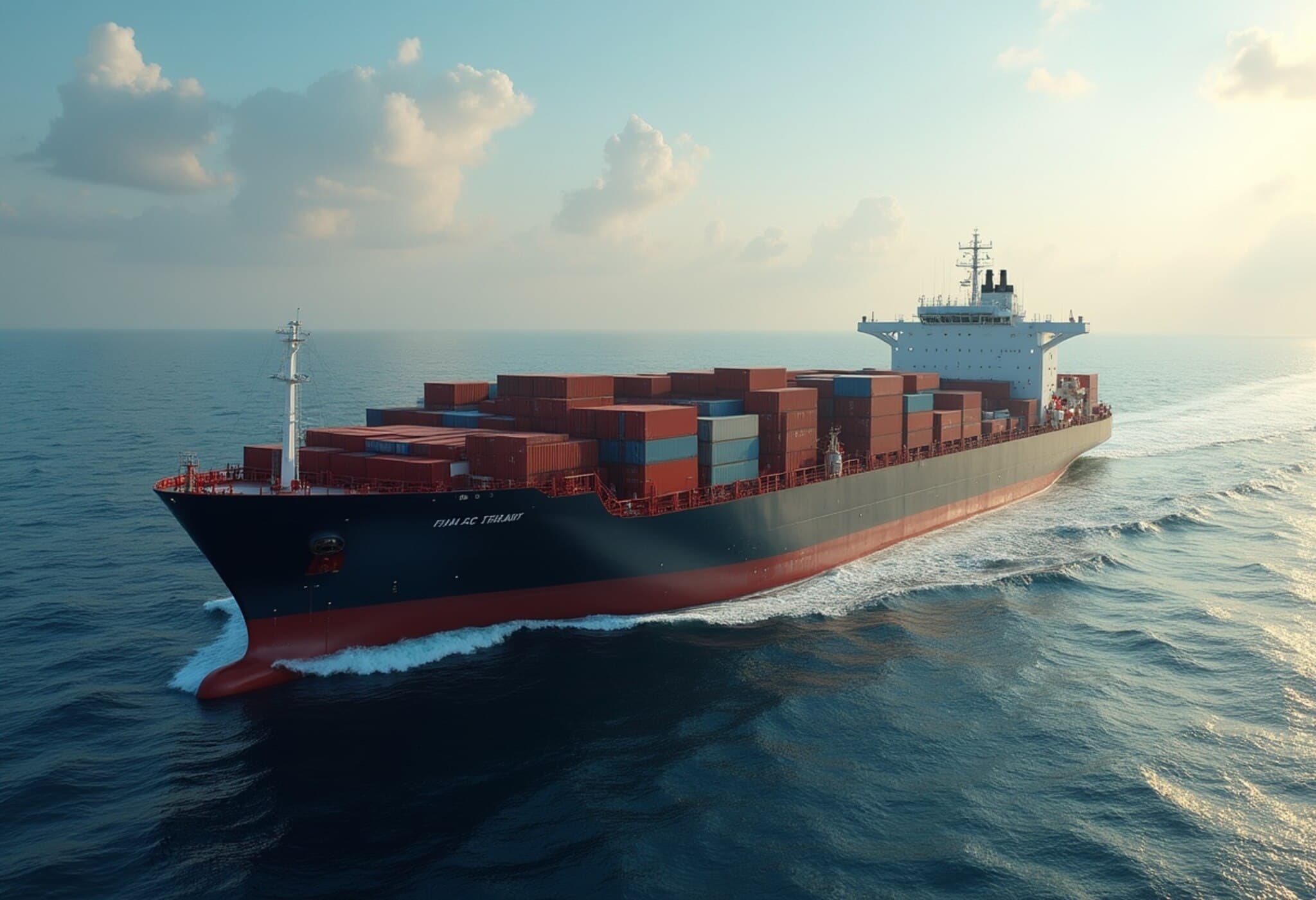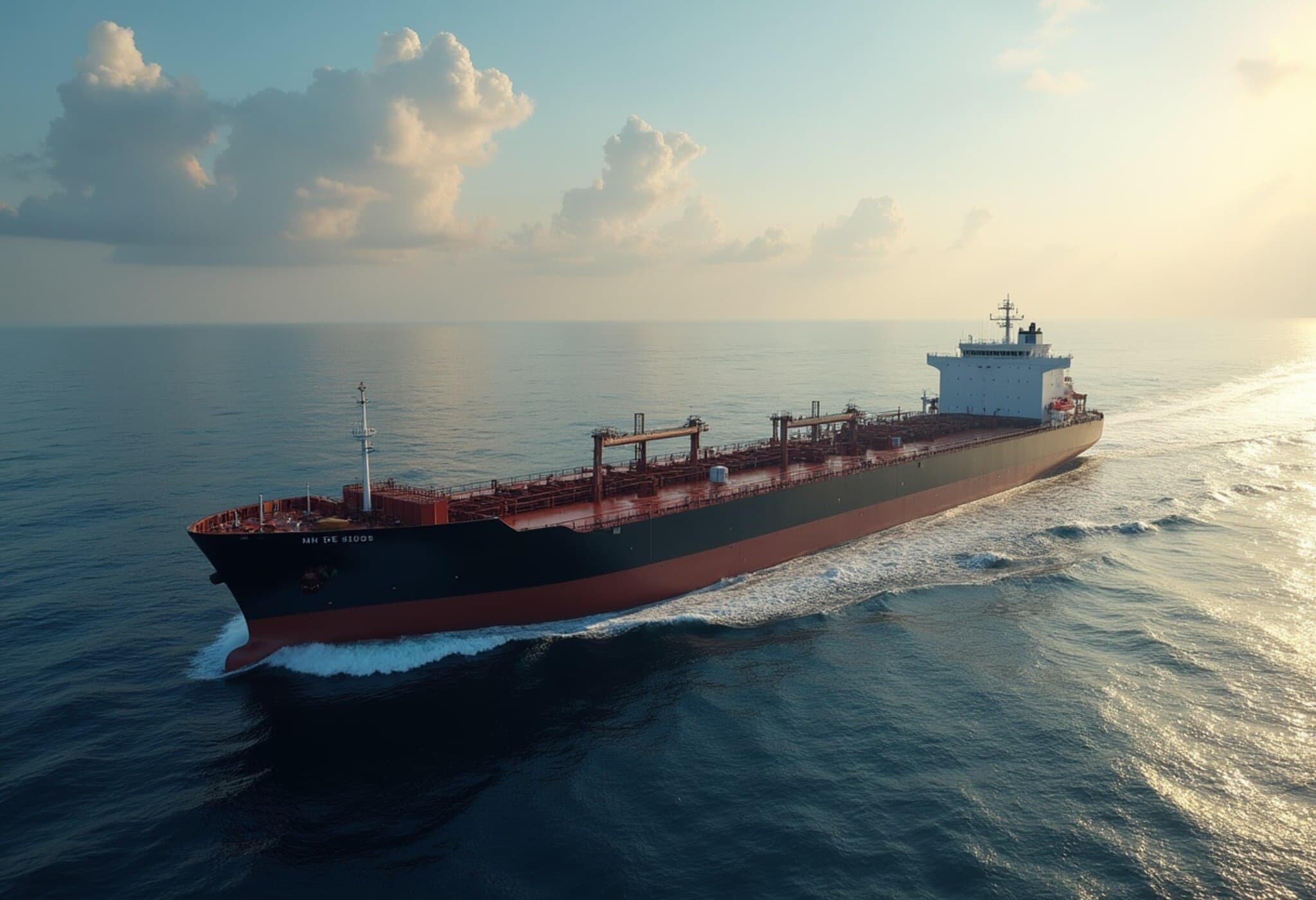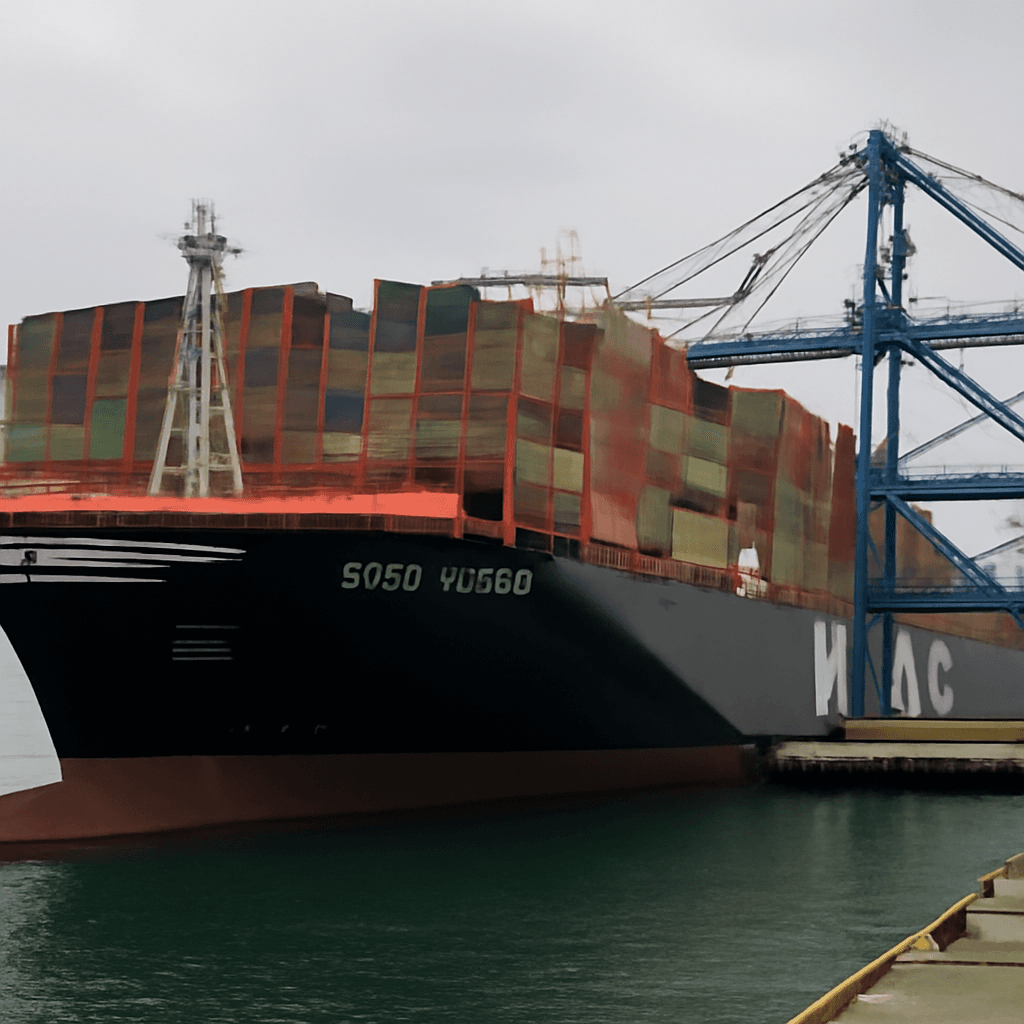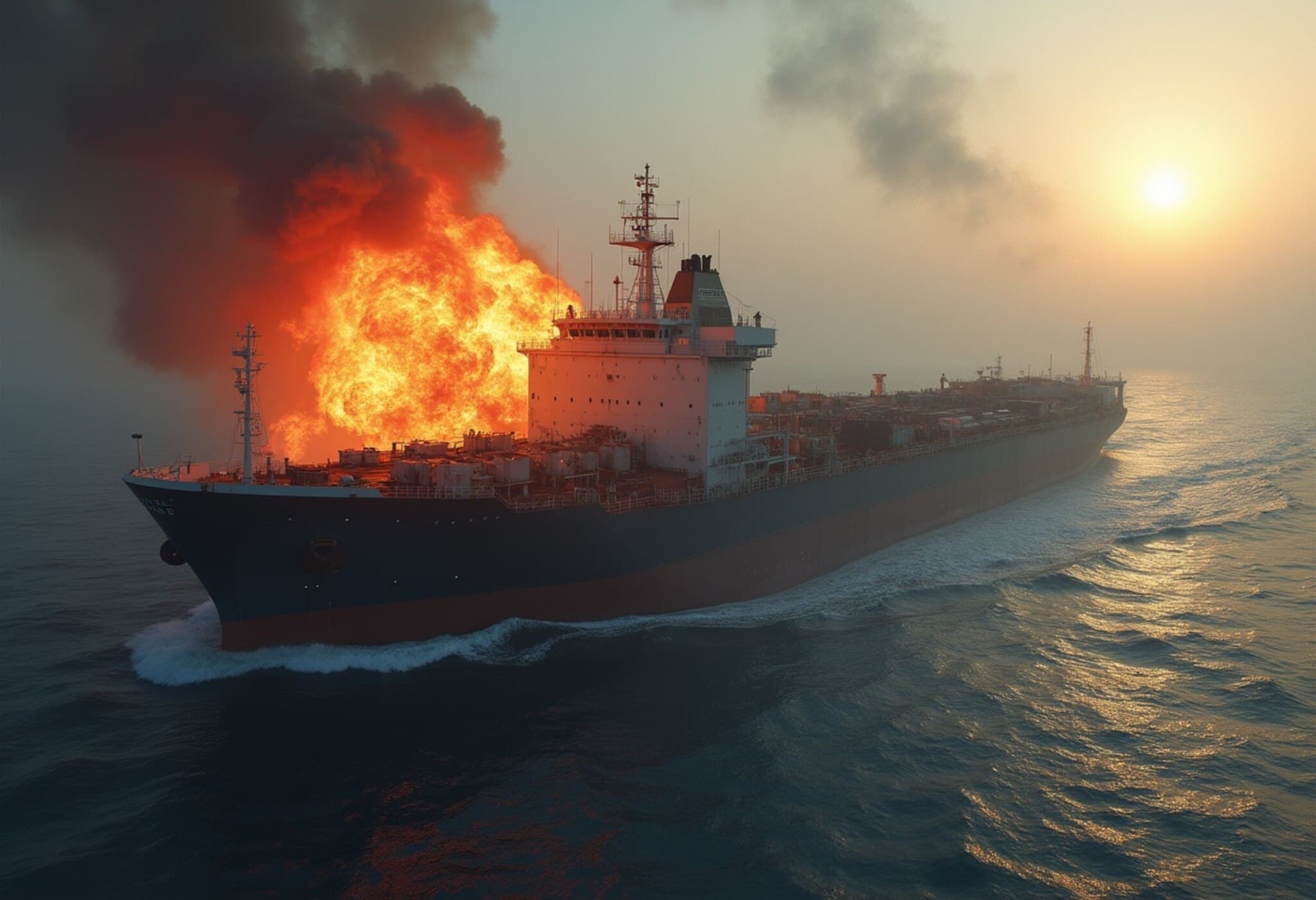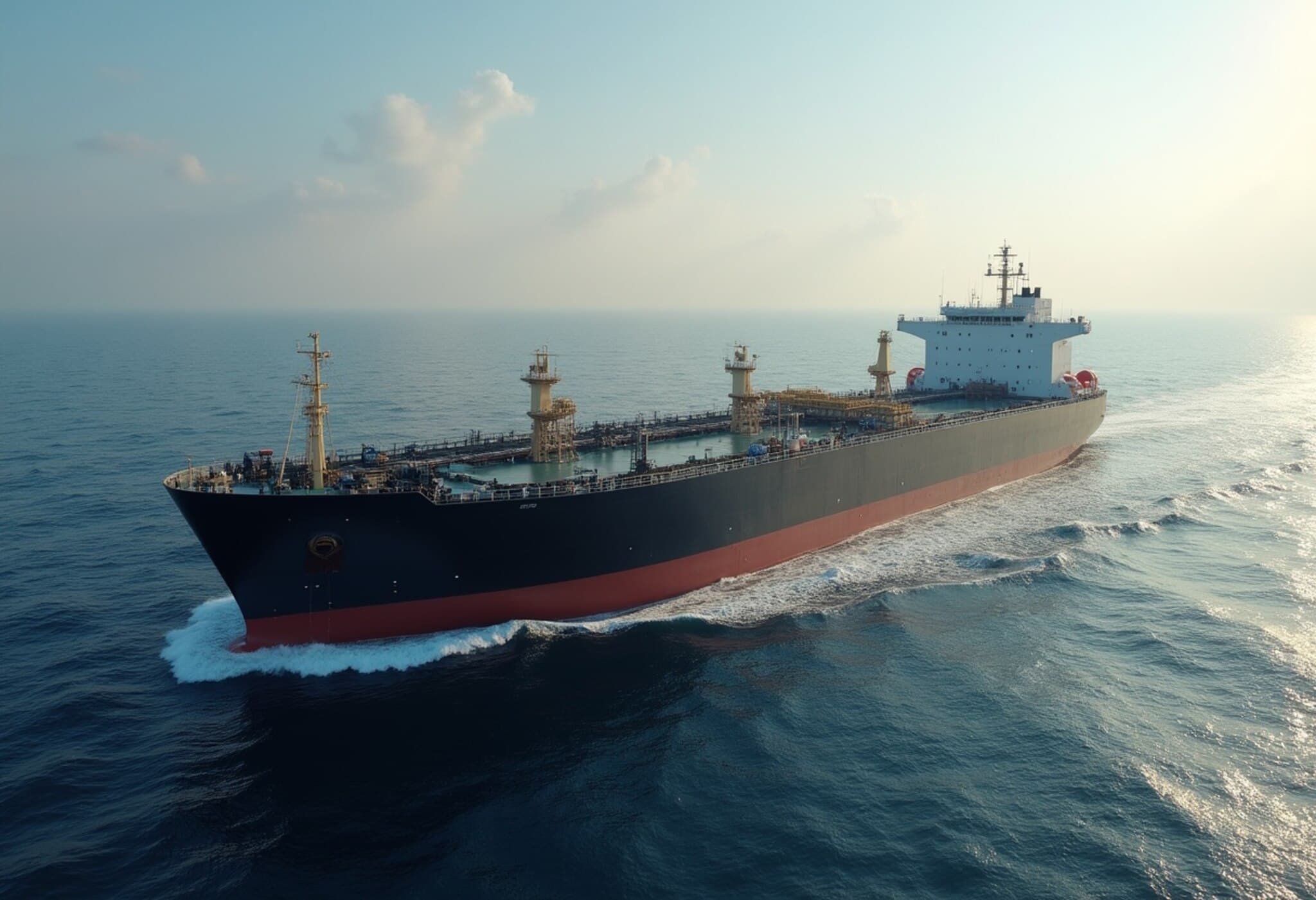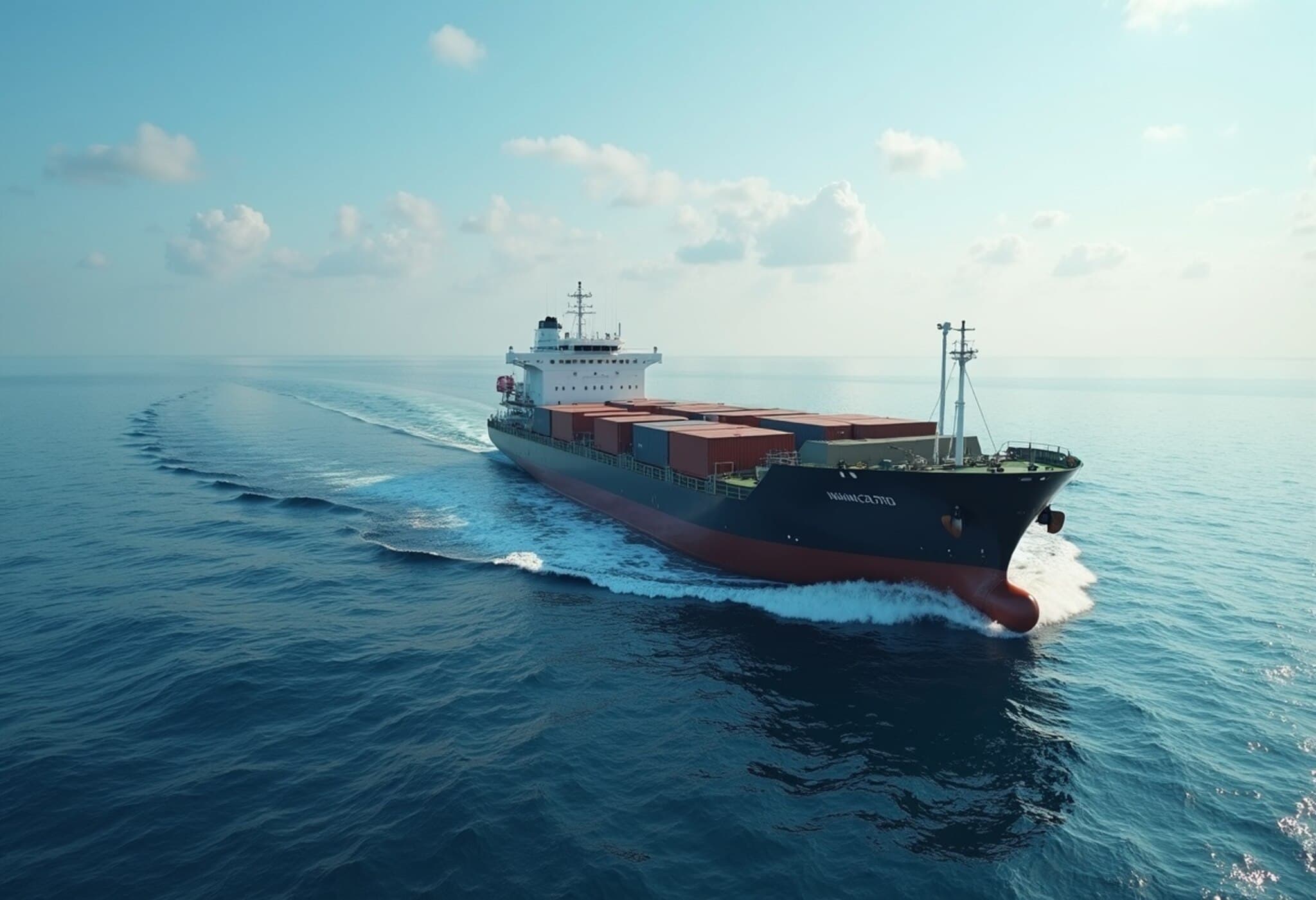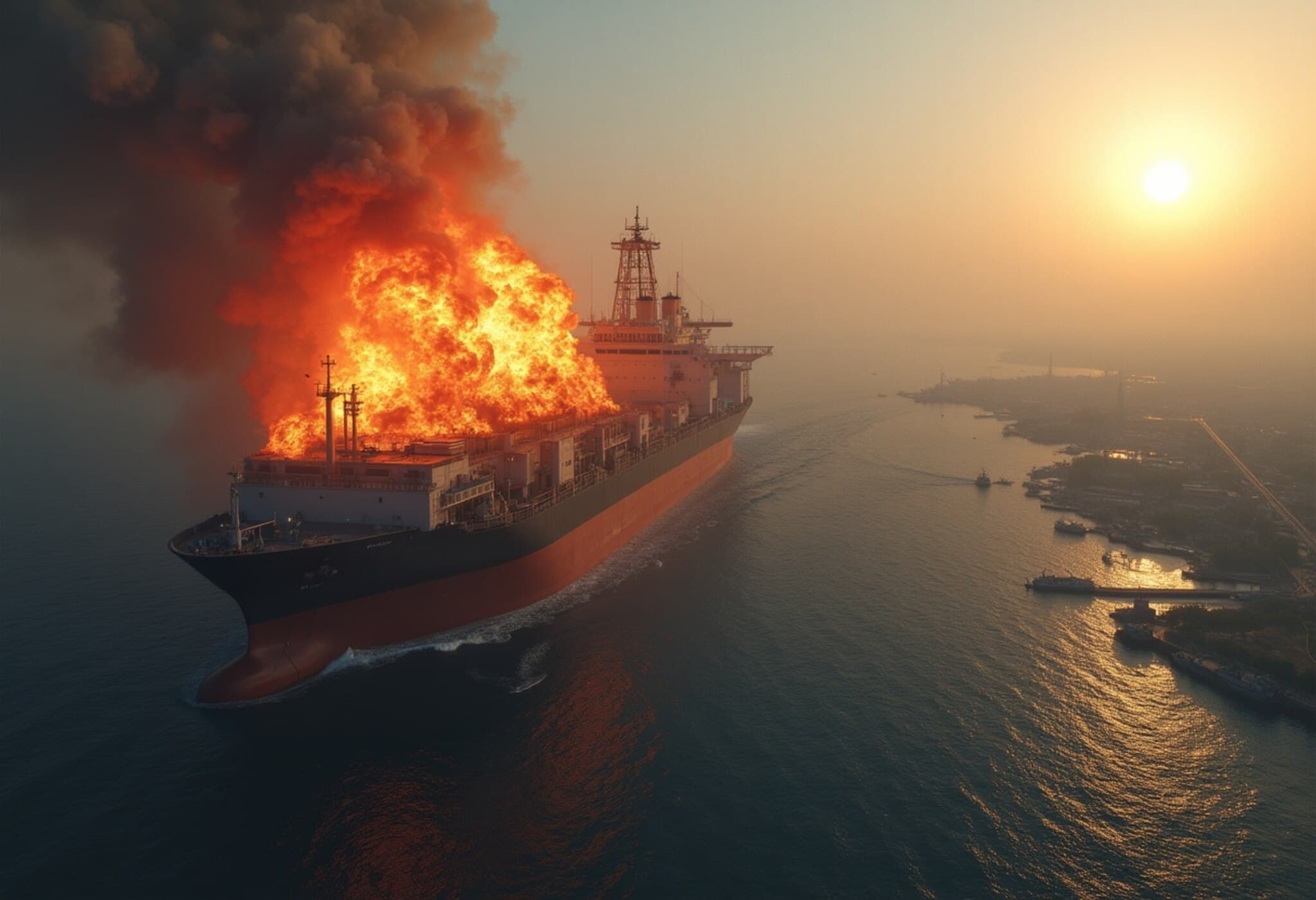Shipping Groups Steer Clear of Strait of Hormuz Amid Regional Conflict
As tensions soar between Israel and Iran following a surprise military strike, some shipowners are choosing to bypass the Strait of Hormuz, a vital artery in global oil and container trade. This move reflects heightened caution driven by ongoing conflict and mounting security concerns in the region.
Escalating Hostilities Spark Navigational Concerns
Israel launched a sudden attack on Iran's military and nuclear facilities, igniting several days of intensifying hostilities. The resulting environment has prompted the shipping industry to reassess the risks of navigating through both the Strait of Hormuz and the Red Sea.
The Strait of Hormuz links the Persian Gulf to the Arabian Sea and is pivotal for the transport of energy and goods. It is a critical passageway that handles approximately 20.9 million barrels of oil daily, accounting for about 20% of global petroleum liquids consumption. Disruptions here have far-reaching consequences for global markets, including increased energy prices and supply chain delays.
Industry Response: A Mix of Caution and Calculated Risk
According to the world’s largest shipping association, most owners continue to navigate the route but an increasing number have opted to reroute, reflecting varying degrees of risk tolerance. Jakob Larsen, head of security at the association, notes a "modest drop" in vessel traffic through the area amid heightened uncertainty.
Larsen explains that while many operators push forward—enticed by rising freight rates and crew wages during conflict—there remains a clear trend towards increased caution due to the evolving military situation in the region.
Strategic Importance Beyond Oil
The Strait of Hormuz isn’t just crucial for oil; it also serves as a primary conduit for container shipping, linking key ports such as Dubai's Jebel Ali and Khor Fakkan. These ports function as major transshipment hubs, connecting freight flows across the Persian Gulf, South Asia, and East Africa.
Signs of Industry Shifting Operations
Market analysts observe a growing aversion among shipping companies to transiting the Strait. Peter Tirschwell, vice president for maritime and trade, highlights parallels with the Red Sea, where increased threats led most container traffic to circumnavigate Africa rather than risking the narrow waterway.
“The mere threat of military activity in these critical passages is enough to disrupt global shipping substantially,” Tirschwell states.
Freight Rates Surge in Response
The conflict’s impact is evident in the rising shipping costs. Data from an analytics firm shows a 24% spike in tanker freight rates to China immediately following the Israeli strike—reaching $1.67 per barrel. This marks the sharpest daily increase seen this year and underscores the perceived risks involved in operating in the region.
Current Stability in Shipping Insurance, but Risks Loom
Despite the turbulence, insurance premiums for shipping remain steady for now, according to experts. However, they caution that any escalation could prompt swift and significant hikes in coverage costs because marine insurers typically reassess war risk premiums frequently based on the situation.
Shipping Operators Hold a Watchful Stance
German container carrier Hapag-Lloyd describes the threat level as “significant” but does not currently anticipate serious disruption accessing the Strait of Hormuz. The company also confirms it has no immediate plans to navigate the Red Sea, a precautionary posture maintained since late 2023.
Looking Ahead
With the Israel-Iran confrontation unfolding unpredictably, maritime operators face a delicate balancing act between economic incentives and safety concerns. The situation remains fluid, and shipping patterns could further adjust if hostilities intensify or spread, influencing global energy prices and cargo flow around the world.

